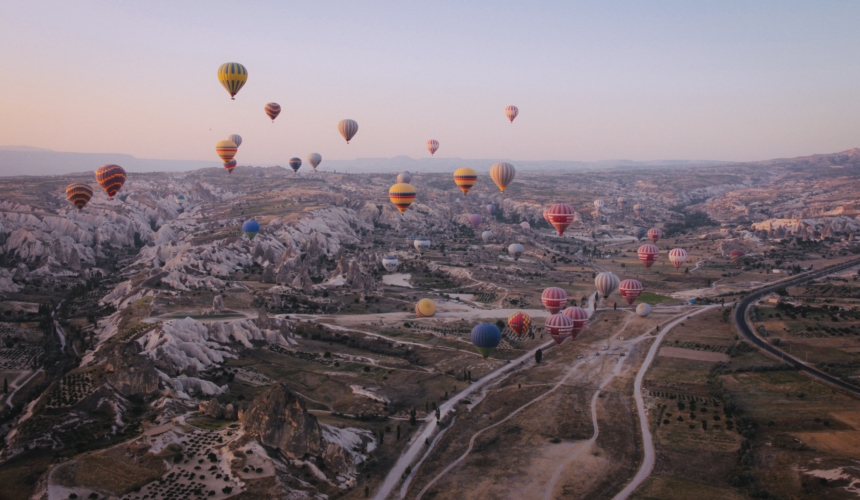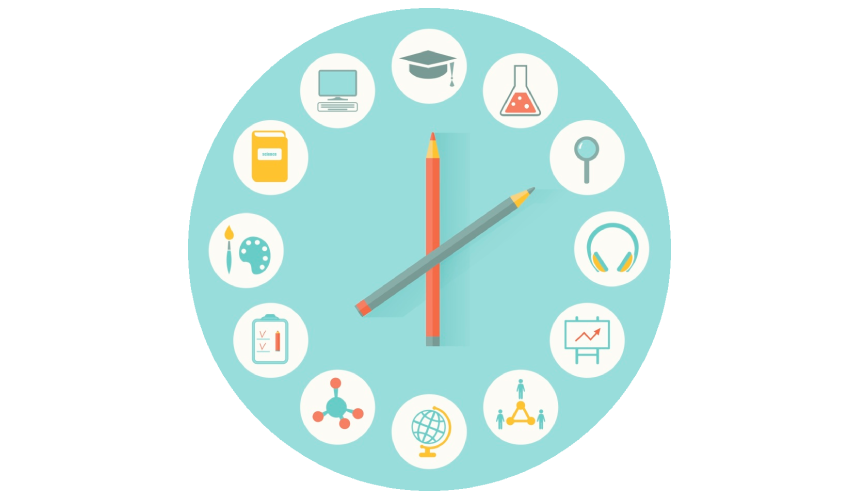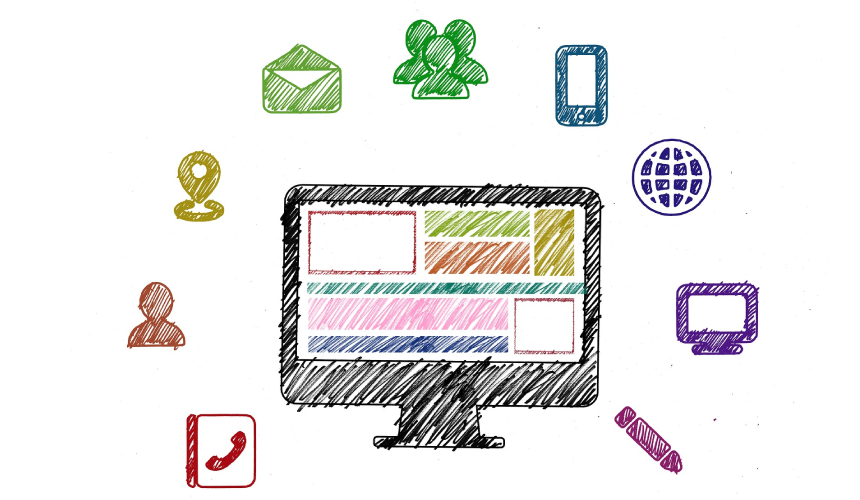supporters & partners 



![]()

What is body image?
Body image is created when our brains link up external and internal information about our bodies, which basically means how we see ourselves when we look in the mirror and how we feel about ourselves, at any given moment. This in turn is also influenced by how we believe other people see us, effectively creating a body image feedback loop.
The concept of body image encompasses much more than just how we feel about our body shape, height or skin colour.
It can also include things like:
This list isn’t exhaustive – there are lots of things that we might consider as part of our body image. The way we feel about our bodies can change over time, therefore there may be times when you feel good about your body, times when you like parts of your body but not others and times when you feel dissatisfied with your body. If our overall body image is positive, this means we feel comfortable with the way we look and don’t spend an unreasonable amount of time thinking or worrying about our bodies. A negative body image means we feel uncomfortable with the way we look and maybe even ashamed or anxious.
Body image concerns have increased worldwide over the last 30 years. In the UK Youth Parliament’s ‘Make Your Mark’ ballot in 2016, one million young people in the UK voted body image as one of the most relevant and important issues in their lives. This highlights the huge importance that young people place on body image, something that can have both positive and negative effects on mental health.
What might influence body image?
There are multiple factors which lead to a person developing a negative body image. This could include physical changes during adolescence or a sudden unexpected change in physical appearance.
The current dominant model for understanding the development of negative body image sits within a sociocultural framework. Sociocultural factors, for example, media, family and peer pressures, often cause people to compare themselves to the ‘ideal’ body type. Exposure to repeated or recurring images of these ‘ideal’ body types can cause us to adapt our internal beliefs of what we think we ‘should’ look like. This process is called visual adaptation.
Media influences:
Media influences might include film, TV, magazines, social media and advertising. Most people at some point will have compared themselves to the people they see within the media, but for some, this can negatively impact their mental health. In a survey conducted by the Mental Health Foundation, 25% of young people reported celebrities have caused them to worry about their body image. Similarly, 19% of young people said they felt worried about body image after watching TV shows.
Family influences:
Research by the Mental Health Foundation suggests that parental relationships can have a moderating effect on the influence of social media use on body dissatisfaction. For young people who have positive maternal relationships, the relationship between social media use and body dissatisfaction is weakened. However, family factors can also have a negative influence on body image, for example through weight-based comments from family members. Indirect influences such as parental eating behaviours can also impact upon young people’s body image.
Peer influences:
Peers and friends can have a huge impact on the body image of young people, who often feel pressured to ‘fit it’ and always look their best. This pressure is often exacerbated during puberty, when changes take place at different rates and times within peer groups. Girls who mature earlier than their peers and boys who mature later, often report a greater impact of peer pressure on their body image. Additionally, bullying amongst peers can negatively impact upon young people’s body image. Young people who are overweight or obese are at higher risk of appearance-related bullying. Facilitating the opportunity to create supportive friendships can be a protective factor against the negative impact that bullying can have on body image.
The scale of the problem
In young people, negative body image and body dissatisfaction can lead to increased risk-taking behaviour and mental health problems, such as eating disorders.
Negative body image may also result in:
A survey conducted by the Mental Health Foundation found that 35% of 13–19-year-olds said their body image caused them to worry ‘often’ or ‘always’.
Signs that may indicate a young person is struggling with their body image
What can teachers and schools do?
Whole-school approaches:
Within the classroom:
If you’re worried about a child or young person, discuss this with them. Here are some tips for starting difficult conversations with your pupils:

Body image and eating issues resources:
What To Do If You’re Experiencing Eating Problems | YoungMinds
Resources – CAMHS (rdash.nhs.uk)
Downloads and Resources – Beat (beateatingdisorders.org.uk)
Body image in childhood | Mental Health Foundation
Body Image – National Centre for Eating Disorders (eating-disorders.org.uk)
What is body image?
Body image is created when our brains link up external and internal information about our bodies, which basically means how we see ourselves when we look in the mirror and how we feel about ourselves at any given moment. This in turn is also influenced by how we believe other people see us, effectively creating a body image feedback loop.
In young people, negative body image and body dissatisfaction can lead to increased risk-taking behaviour and mental health problems, such as eating disorders.
Signs that may indicate a young person is struggling with their body image
- feeling overly worried about how they look, e.g. making frequent comments or asking questions about their appearance
- wanting to cover up parts of their body because they feel self-conscious
- not wanting to change or take part in physical education (PE)
- being bullied for the way they look
- having rigid thinking patterns about what is ‘good’ vs ‘bad’
- restrictive diets, or avoiding certain foods which may be ‘fattening’
- changes in mood or interaction
What can teachers and schools do?
- Use our digital lesson to teach your class about body image and use the resources suggested in the video to help young people practice healthy reflection on body image.
- Teach health and nutrition in a way that is mindful that there may be class members who take it literally.
- Take a look at your classroom and check that it reinforces the positive body image message you are trying to promote. Do your displays, books, posters etc represent diversity? Think about body shape, size, height, skin colour, disability and more!
- Talk to your pupils about the pros and cons of social media. Facilitate discussion around the way social media can influence our perception of the ‘ideal’ body type. Are the pictures we see online real?
- Focus on participation in sports to feel good, rather than to lose weight or build muscle. Discuss the benefits of sport on mental health, the social benefits and the impact on self-esteem.
Watch the video below to find out more

Resources for Body Image
( resources found)
Audience
Location
Resource type:
Body Image: A teacher’s companion guide (Breathe Education)
Find out more
Cognitive Behavioural Therapy- An Information Guide (CAMH)
Find out more
An Introductory Self-Help Course in CBT (Get Self Help)
Find out more
Eating disorders: what can schools do (Breathe Education)
Find out more
Body image in a digital world (Gov.uk)
Find out more
Teacher guidance: Key standards in teaching about body image (PSHE Association)
Find out more
Online Body Image (Childnet)
Find out more
General Mental Health Advice (The Mix)
Find out moreHow useful was this info?
Click on a star to rate it!